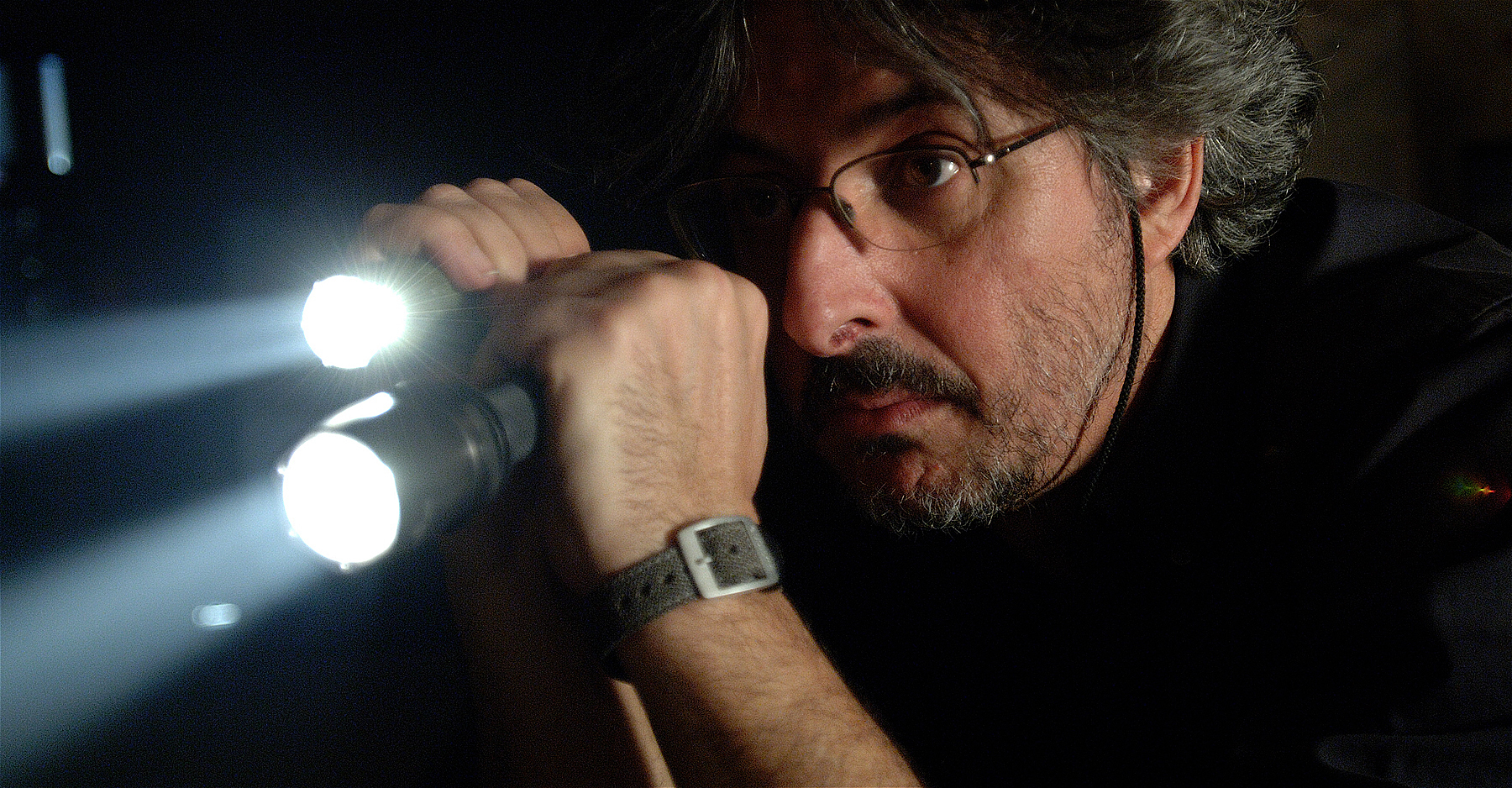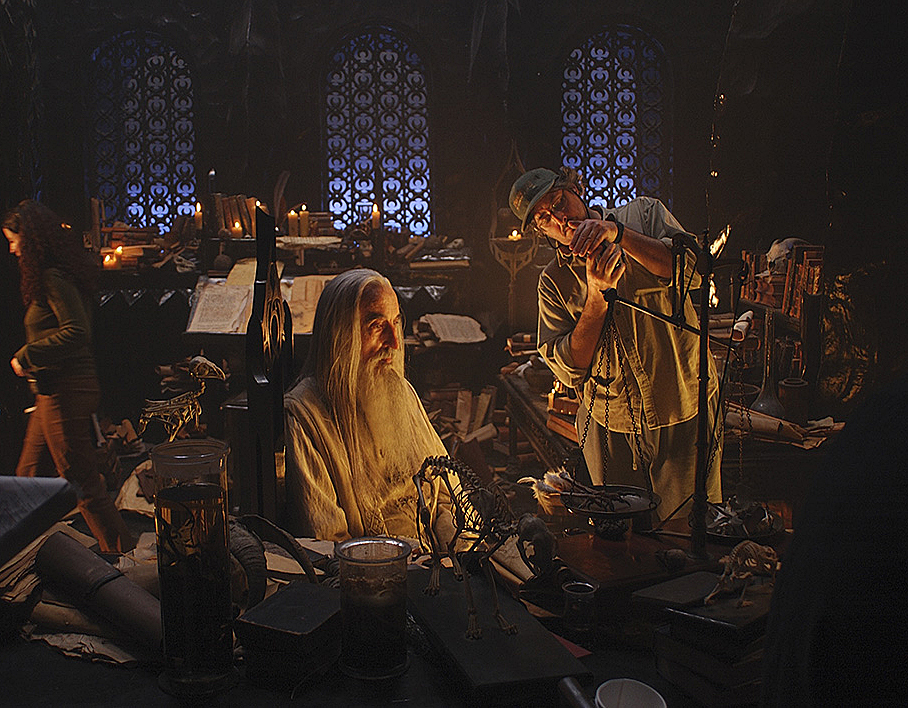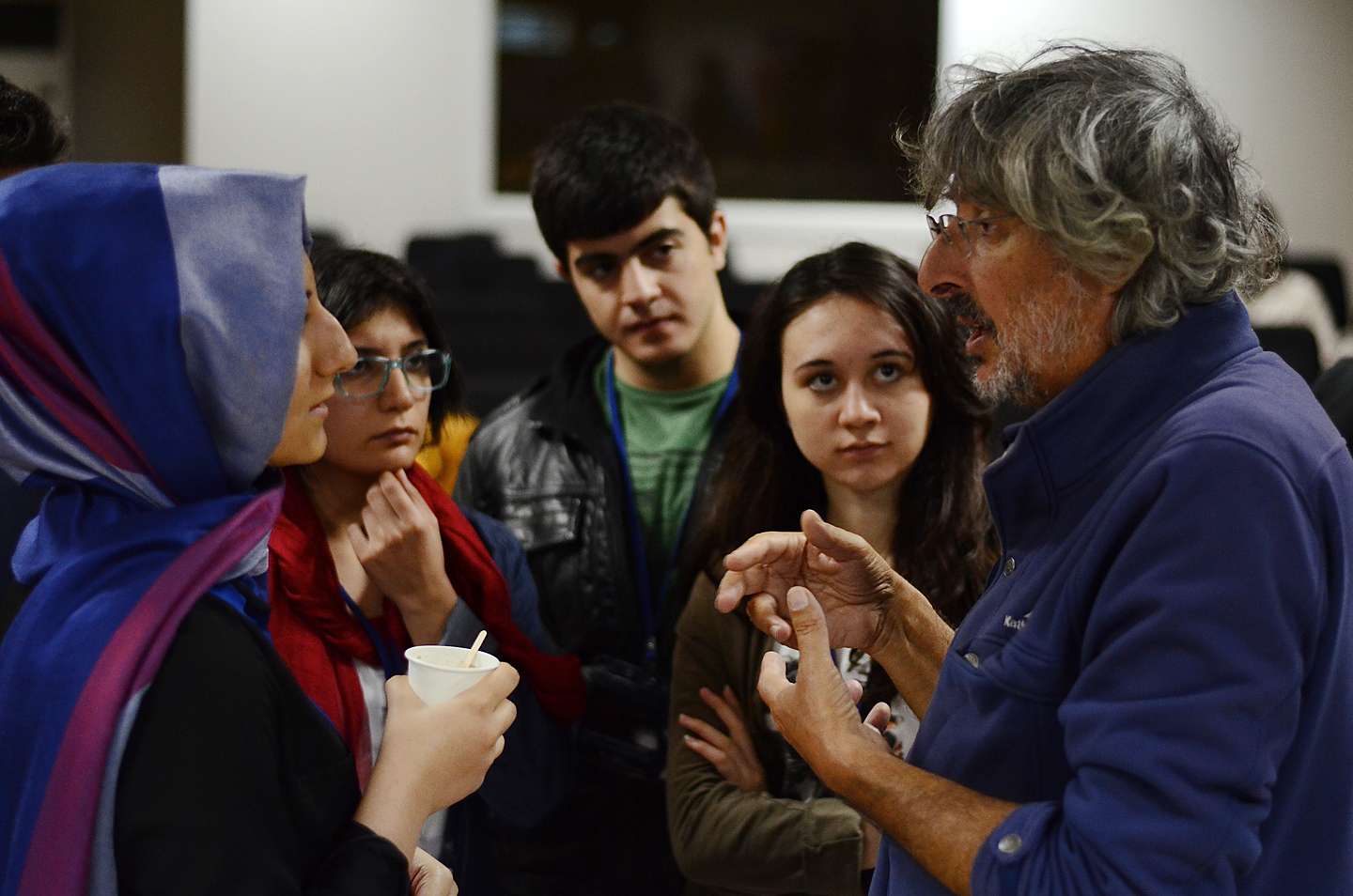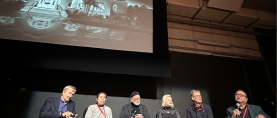
In Memoriam: Andrew Lesnie, ASC, ACS (1956-2015)
Australian cinematographer, who won an Academy Award for The Lord of the Rings: The Fellowship of the Ring, died on April 27 in Australia at the age of 59.
The cause of death was reported to be a heart attack. According to a statement by Australian Cinematographers Society President Ron Johanson, Lesnie had been ill with a heart condition for several months.
In a career that spanned almost four decades, Lesnie was best known for his collaborations with New Zealand filmmaker Peter Jackson, whose motion-picture trilogies based on J.R.R. Tolkien’s The Lord of the Rings (2001-2003) and The Hobbit (2012-2014) were defined as much by technical innovation as they were by storytelling ambition. Lesnie also teamed with Jackson on King Kong (2005) and The Lovely Bones (2009).
Born in 1956 in Sydney, Australia, Lesnie began working in the camera department in the late 1970s while studying cinematography at the Australian Film, Television and Radio School. Early assignments included work with ACS cinematographers Don McAlpine, Brian Probyn, Bill Constable and Dean Semler, and Lesnie moved on to shooting TV news, TV series, documentaries, music videos and commercials.
Lesnie came to Jackson’s attention through his work on George Miller’s popular family films Babe (1995) and Babe: Pig in the City (1998), whose main character was a talking pig. “I loved Andrew’s photography on those films — the heightened feel, the color saturation, and his use of natural light to create amazing bits of backlight, which I always find to be a very effective look,” Jackson told American Cinematographer in Dec. ’01. “I also liked his use of natural light and his compositions in a film he’d shot in China, Temptation of a Monk [1993]. I felt that Andrew had a very good eye … [and] he was one of my very early choices for The Lord of the Rings.” He went on to describe Lesnie as “my closest collaborator” on the project, even though prep was well underway by the time the cinematographer came aboard.

The shoot for the Lord of the Rings trilogy (The Fellowship of the Ring, The Two Towers and The Return of the King), which Jackson called “an endurance test,” required 274 days of principal photography, extensive visual effects, and sometimes as many as nine units filming simultaneously, including four units in the miniatures department alone. It yielded more than 4 million feet of exposed negative. “With all of these units, the dailies sessions were sometimes very long — we’d start out with a hundred people, and after five hours, we’d look around and see that four of the five people still there were asleep!” Lesnie told AC. To help delineate the worlds and moods featured in Tolkien’s story, he and colorist Peter Doyle made expressive use of early digital-intermediate technology, grading the images at a post facility that had been custom built for the production.
The towering title character in Jackson’s King Kong called for a blend of performance capture, digital animation, and miniature environments enhanced with CG matte paintings (work that was done by artists at Weta Digital), but in his Jan. ’05 interview with AC about the production, Lesnie noted that it was memorable for another reason: “Lighting wise, King Kong is entirely different from previous projects I’ve undertaken. The script makes great use of what I’d describe as ‘fragile’ times of day — predawn, dawn, dusk and twilight — to represent certain emotional states, not as short transitional scenes but as extended sequences that were very complex to achieve. This dictated all sorts of scheduling, design and lighting approaches so we could allow Peter the maximum flexibility to find the dramatic truth of each scene in an organic manner.”
Lesnie relished every opportunity to work with Jackson, in part because the camera-operating challenges were always numerous and varied. “For Peter, the camera is a character, an active participant in the drama,” Lesnie observed. “Some directors like to hang back and be more objective, but Peter is like a kid standing at the barricades of a big street parade: he’s just itching to join the show.”
With the Hobbit trilogy (An Unexpected Journey, The Desolation of Smaug and The Battle of the Five Armies), Lesnie became the first cinematographer to shoot a major studio production in 48-fps 3-D, working tirelessly with teams at Red Digital Cinema, 3ality Technica, Park Road Post and elsewhere to bring Jackson’s vision to the screen. Speaking to AC in Jan. '13, Lesnie noted that the filmmakers “lived in a world of perpetual upgrades” throughout the shoot. “This was my first 3-D shoot, my first major digital shoot, and certainly my first at a higher frame rate, so the learning curve has been enormous," he said. "The increased picture clarity that comes with shooting 5K images at 48 fps brings joys and horrors simultaneously. The need for attention to detail pervades every aesthetic aspect, including hair, makeup, wardrobe and art direction. One of the joys is creating frames that are reminiscent of paintings by Pieter Bruegel or Hieronymous Bosch.”
No matter how daunting the logistics, Lesnie always maintained that his primary responsibility was “to be responsive to what the actors bring to a scene. As much as you plan your shots, the staging should always be actor driven. [In the blocking,] they may offer something much, much better than what you’d imagined. I find that at the point of blocking, I come to understand the full strength of what the scene is about. Consequently, the technical choices become clear.”
Lesnie’s feature credits included the post-pandemic thriller I Am Legend (AC Feb. ’08), the musical comedy Bran Nue Dae (2009), the fantasy film The Last Airbender (AC July ’10), the sci-fi thriller Rise of the Planet of the Apes (AC Aug. ’11), and the period drama The Water Diviner, currently in release in U.S. theaters. He was also behind the camera on Martin Scorsese's Rolling Stones documentary, Shine a Light (2008), joining a roster of ASC all-stars who served as camera operators for director of photography Robert Richardson, ASC.

Lesnie became an ASC member in 2005, after being proposed for membership by Roger Deakins, Steven Poster and John Toll. He received ASC Award nominations for The Fellowship of the Ring, The Return of the King and King Kong.
Upon accepting the Oscar for The Fellowship of the Ring, Lesnie made a point of thanking “a really sensational cast and terrific crews,” and indeed, one thing that characterized all his conversations with AC over the years was his appreciation for his collaborators. “When you have a good group atmosphere,” he noted, “you start to come up with a lot more exciting ideas.”
The interviews cited in this article were conducted by Simon Gray and Ron Magid.






